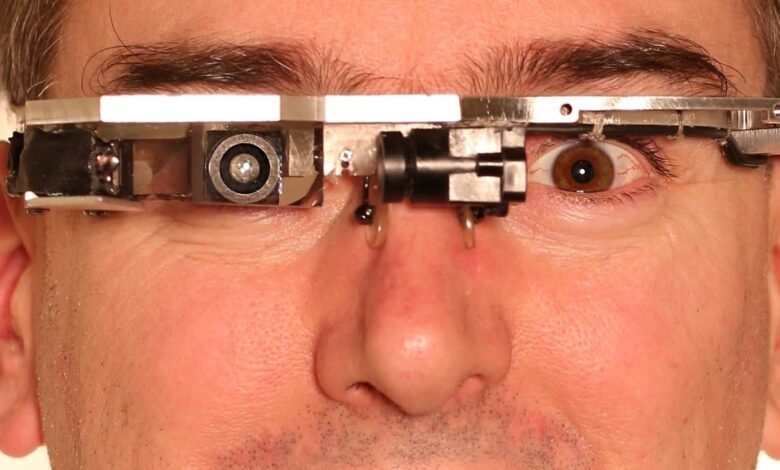Strabismus

What is strabismus? same time.
Astrabismus is usually caused by weak or underdeveloped eye muscles that cannot control eye movement effectively.
In some cases, severe farsightedness can be the cause of squint, as the eyes are forced to focus and focus on near objects.
6 muscles are connected to each eye and they control its movements. Muscles receive signals from the visual center in the brain and thus determine their movements. Normally the eyes work together so that both are focused on the same object.
It is characteristic of squint that when the eyes look in different directions in the visual center of the brain – the orticipal cortex, two different images are obtained.
At first this can create double vision and confusion, but over time the brain gets used to ignoring the image from the averted eye.
If this condition is left untreated, it can cause a permanent decrease in vision in one eye, a condition called amblyopia or lazy eye.
Astrabismus in infants
Babies sometimes move their eyes uncoordinatedly, but still both focus on the same object. This condition is called pseudostrabismus or false squint.
The appearance of squint in babies can also be due to the extra skin that covers the inner corner of the eyes or if the baby’s nose is wider.
However, this condition subsides by about the 6th month of the baby, as during this period he grows very quickly and his face as a part of the body also grows.
Astrabismus most often develops by the age of 3, but it can develop in older children as well as in adults. It is a common misconception that a young child with myopia will outgrow it, but this is completely false.
In reality, squint gets worse without treatment. Any child over 6 months of age whose eye position has not normalized must be examined by an ophthalmologist.
Early diagnosis and treatment of squint is essential to prevent long-term consequences such as lazy eye. Treatment may include eye muscle exercises, glasses, contact lenses, or even surgery.
It is important to note that even after successful treatment, supportive exercise and regular checkups are key to maintaining healthy eyes and good vision. Parents should be attentive to their children’s visual health and seek medical attention at the first signs of problems.
Treatment of strabismus (strabismus)
Treatment of strabismus includes glasses, prisms, exercises to strengthen the eye muscles. If detected and treated early, treatment gives excellent results.
People with squint have several treatment options to improve their eye coordination. These include:
- glasses or contact lenses;
- prisms;
- eye muscle exercises;< /strong>
- surgical intervention to remove residual strabismus.
Glasses or contact lenses are usually prescribed for patients with uncorrected farsightedness. It may also be the only treatment for some patients with esotropia, a type of squint where the eye is turned inward.
Once farsightedness is corrected, the eyes need less effort to focus, and so it is possible to cure the resulting squint.
Prisms are special lenses that change the light entering the eye and help reduce the bending the eye must do to focus on an object.
Prisms are able to completely compensate for eye curvature and completely eliminate squint.
They are made of materials with special optical properties that can bend light in a certain direction.
This changes the angle of incidence of light as it enters the eyes and focuses on the corresponding point of the sensory area.
As a result, the prisms compensate for the curvature of the eyes by directing light in such a way as to produce clear and crisp vision.
Treatment of squint through exercise
Exercises for the eye muscles are intended to improve eye coordination and to improve focusing abilities.
These eye exercises help remediate deficiencies in eye movement, eye focus and eye alignment and strengthen the eye-brain connection. Treatment may include office-based as well as home-training procedures.
In some cases, when eye muscle exercises are not enough, surgical intervention may be necessary.
With surgical intervention, the length and position of the muscles around the eye can be changed and thus the imbalance between the two eyes can be completely eliminated.
Often after surgery, eye muscle strengthening exercises may need to be performed to functionally develop the improvement in eye coordination and prevent the eyes from reverting back to their previous state of lack of coordination.
Amblyopia is a serious visual disorder that can have a significant impact on quality of life. However, with proper diagnosis and treatment, many people with strabismus can lead normal lives.
It is important to consult an eye doctor at the first signs of squint in order to start appropriate treatment as early as possible.
It is important to note that children are particularly vulnerable to the development of squint and therefore should be regularly examined by an ophthalmologist.
Early diagnosis and treatment can prevent long-term consequences of squint, such as lazy eye.
Ultimately, strabismus is a condition that can be successfully controlled and managed with the right treatment. With the right support and resources, people with strabismus can lead fulfilling and healthy lives.



